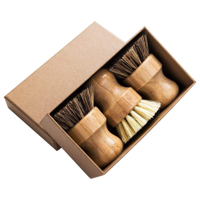Professional cleaners say you can clean your kitchen with coffee grounds – but how effective are they?
I tried to clean my kitchen with coffee grounds, and the results were mixed
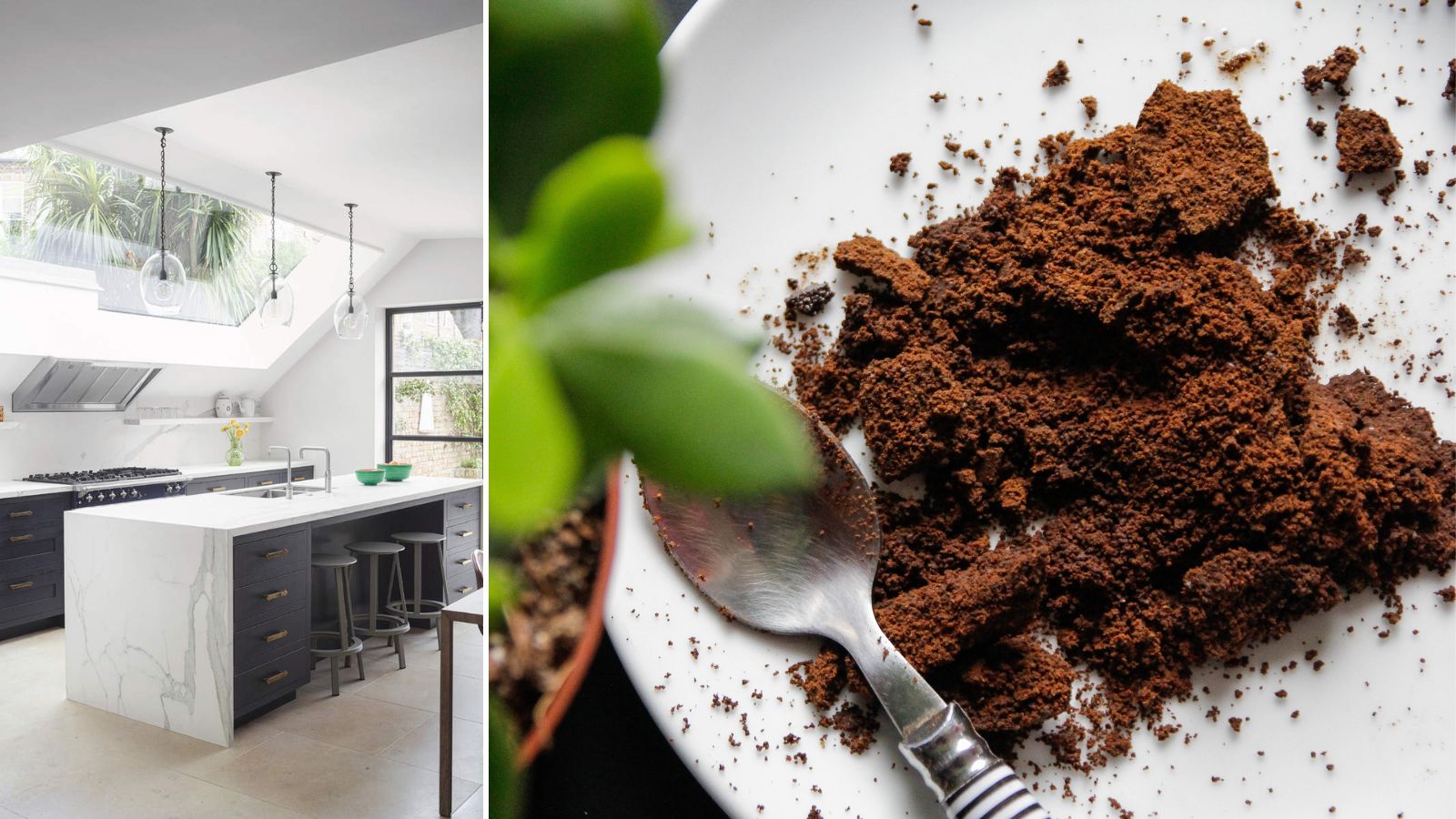

After deciding to make the switch to decaf midway through my last batch of coffee, I found myself saddled with a bag of coffee grounds that were no longer in use. But rather than tossing it in the trash, I wondered: 'What if I could use these grounds to clean my kitchen?'.
Stick with me here because there's logic to this brainwave. In an effort to live more sustainably, I've been seeking out ways to reuse and repurpose common household items. In the process, I've seen countless online bloggers touting the versatility of coffee grounds in the garden, from keeping bugs away to repelling mosquitoes. But what about its uses inside our homes?
I tested my old coffee grounds in a series of common kitchen cleaning tasks, and I've shared my results below.
Can you clean a kitchen with coffee grounds?
'We all know the cleaning power of lemon juice and vinegar, but not many are aware that the nation’s favourite morning tipple also has a lot of benefits to help keep your kitchen clean,' says Nancy Emery, cleaning expert at Tap Warehouse. 'Reusing old coffee grounds from a coffee machine, percolator or cafetiere, or even a few teaspoons of instant coffee, is an affordable way to get a sparkling kitchen.'
1. Scrubbing pans
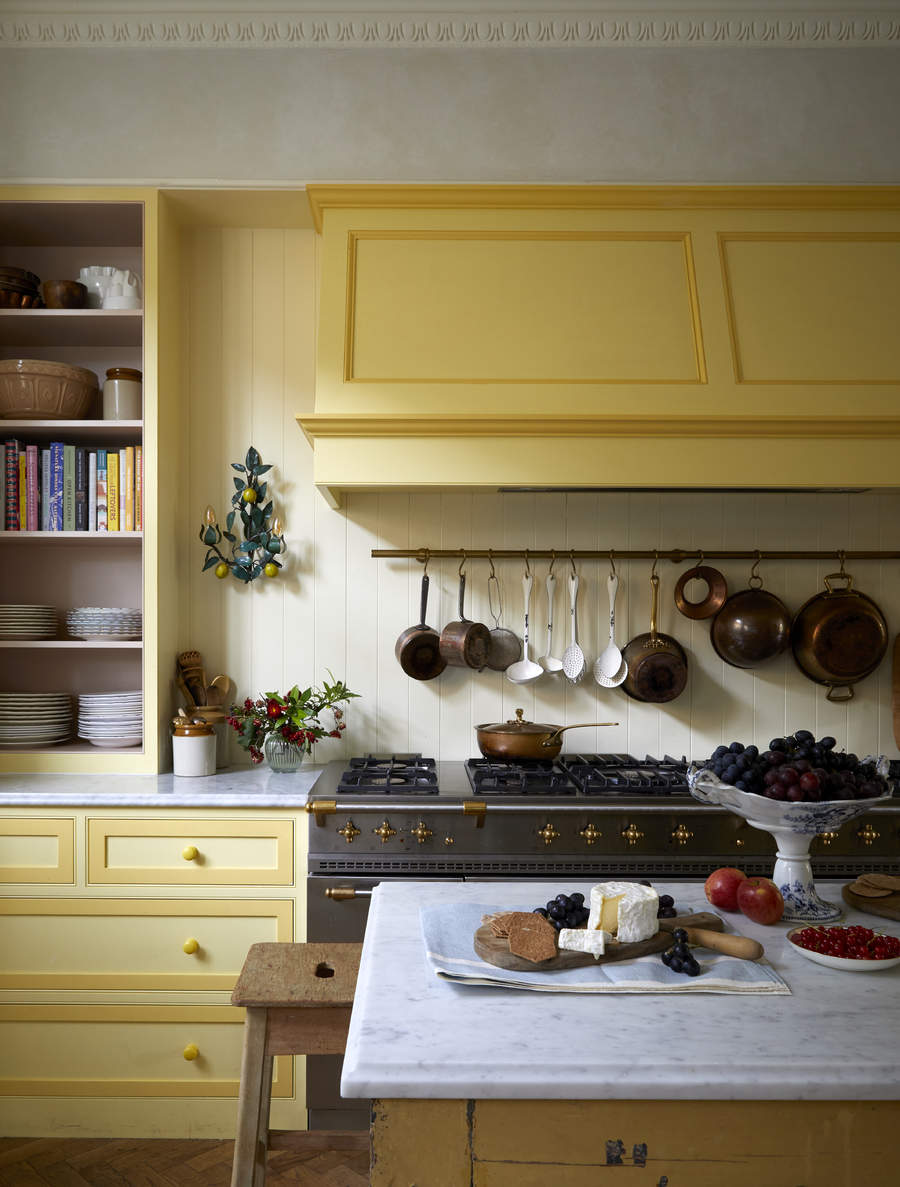
'Trying to scrub away stubborn, burnt food stuck to your pots and pans is a real chore that not only takes up your time but can also damage the finish on your pans from abrasive sponges and scourers,' says Nancy Emery, cleaning expert.
'Coffee is a natural degreaser due to its acidity levels, so try mixing 2-3 teaspoons of coffee grounds with warm, soapy water and scrub the pans with a soft sponge. This should make them clean in half the time.'
My verdict: 3/5
This hack worked for me, but it has its caveats. I used wet coffee grounds left over from my V60 coffee dripper, a little liquid dish soap, and a soft-bristled scouring brush to clean a dirty oven tray. It had a few stubborn burnt-on spots, which the slightly abrasive coffee grounds certainly seemed to help loosen.
However, it's worth noting that with enough elbow grease, you'll probably loosen those burnt-on spots anyway. Plus, this hack didn't perform as well as the tried-and-test baking soda and vinegar method of cleaning burnt pots and pans.
Palm Pot Brush Set (Pack of 3) | Was $12.99 Now $9.99 at Amazon
I love this set of three palm pot brushes. The ergonomic design makes them easy to use, and the rustic aesthetic means they'll fit seamlessly into a variety of kitchen styles.
2. Banishing bad odors
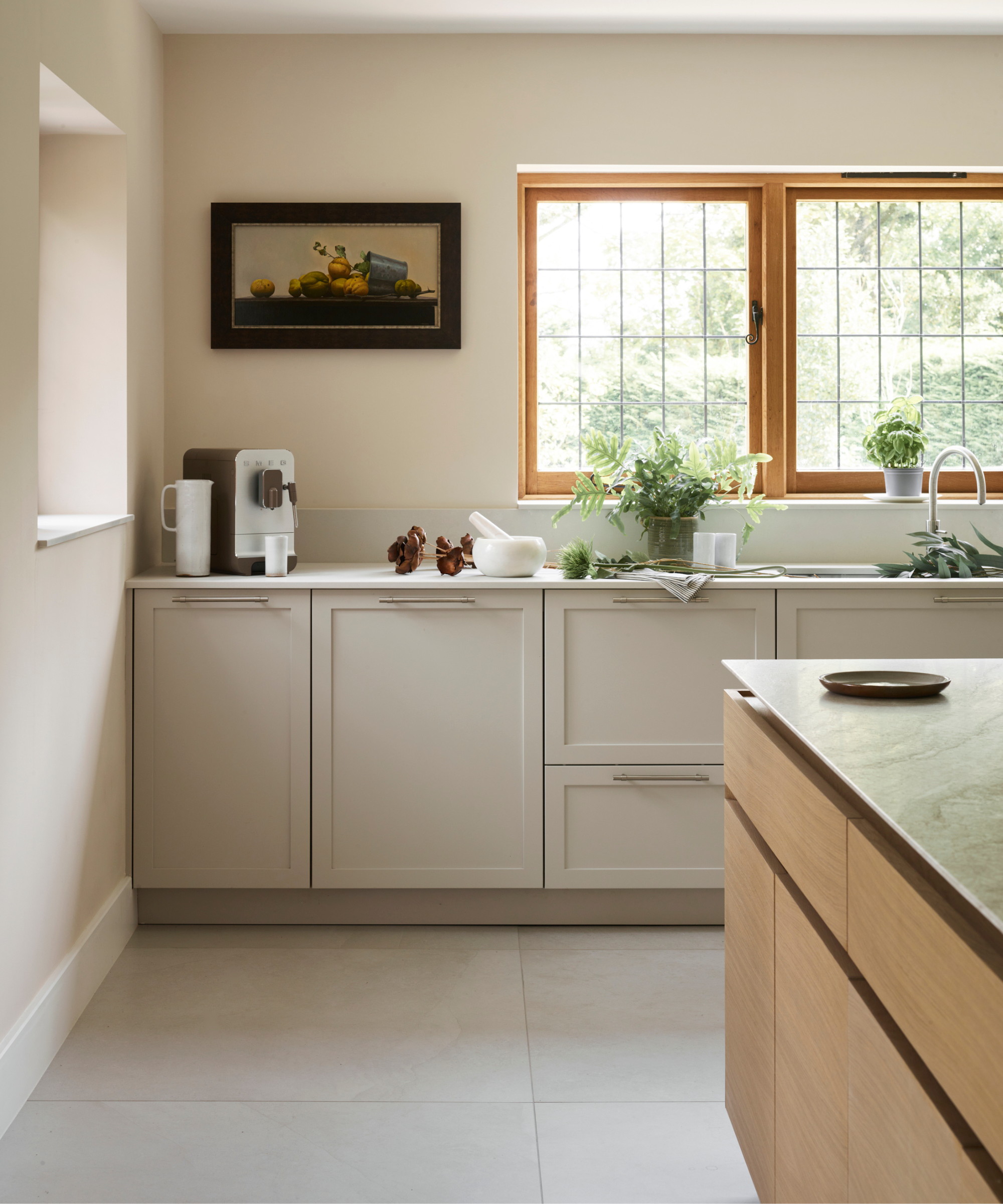
'The strong aroma of coffee grounds can help neutralize unpleasant odors in your kitchen,' explains Mimi Nguyen, Founder of Cafely. 'I like to place small bowls of used grounds in areas like the refrigerator, freezer, or even in closets and drawers to absorb unwanted smells.'
My verdict: 3/5
This method definitely works, and if you like the smell of coffee, it might be worth a try. After cleaning the refrigerator, I placed a small bowl of coffee grounds on the top shelf, and within an hour or so, I noticed that the fridge smelled much more pleasant than before.
This method works in a similar way to the baking soda hack for closets. But before you pop your old grounds into the fridge or freezer, you should ensure they are dried out first. Wet coffee grounds can become a breeding ground for mold, worsening bad smells. I also found this method was only a temporary fix, so if you want something longer-term, you might want to seek out the source of bad kitchen odors (such as a smelly dishwasher).
3. Cleaning surfaces
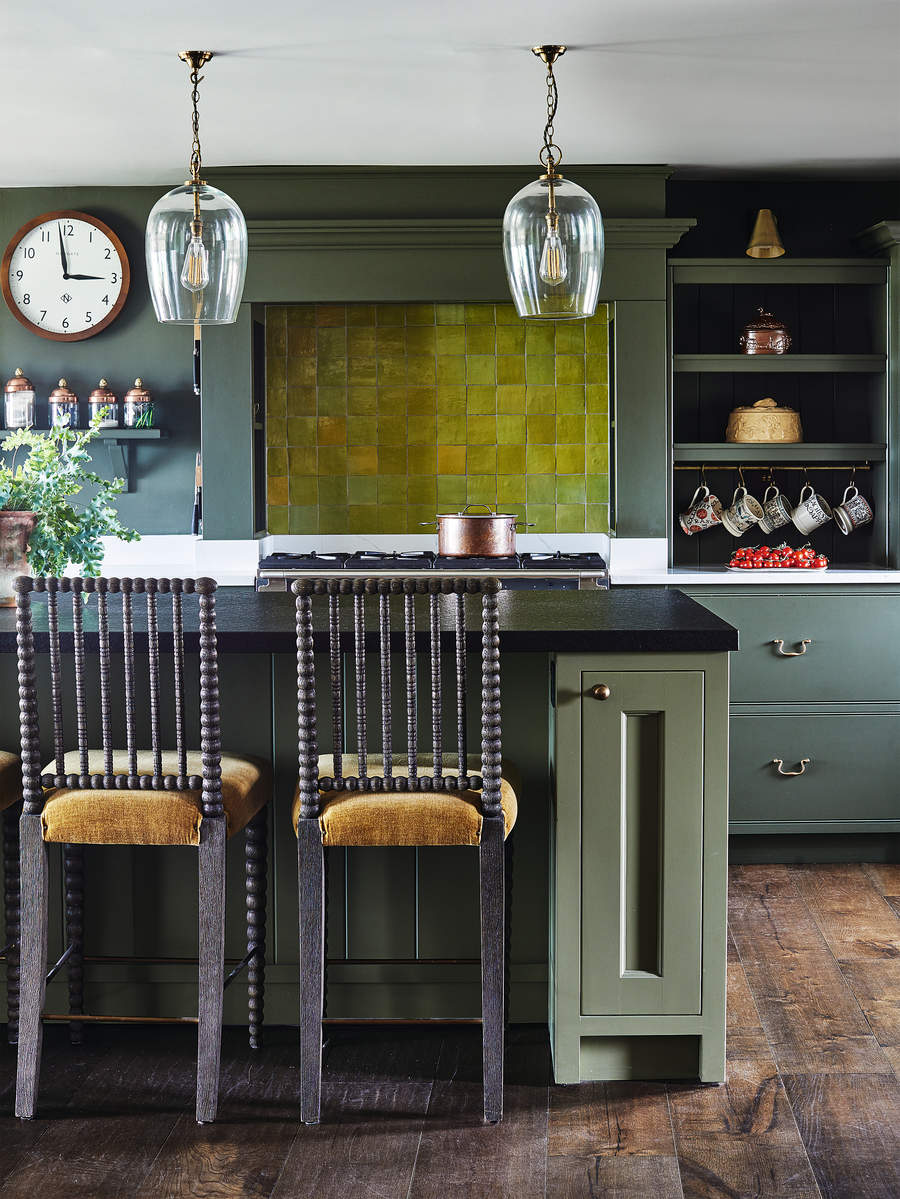
'You can remove stubborn stains from tiles with coffee by mixing a few teaspoons with soapy water and applying directly to the stain with a soft sponge or cloth,' says Nancy Emery, cleaning expert.
My verdict: 2/5
I tried this method to clean two separate kitchen surfaces: My tiled kitchen backsplash (specifically the grout) and my ceramic kitchen sink. Needless to say, I wasn't shocked to discover that this method didn't work very well on either surface. While the abrasive quality of the coffee grounds did loosen marks on the ceramic sink, I would caution against using it to clean tile grout, as it seemed to make my own stains worse. Instead, I would recommend The Pink Stuff from Amazon, combined with a stiff brush.
4. Reducing scratches in wooden surfaces
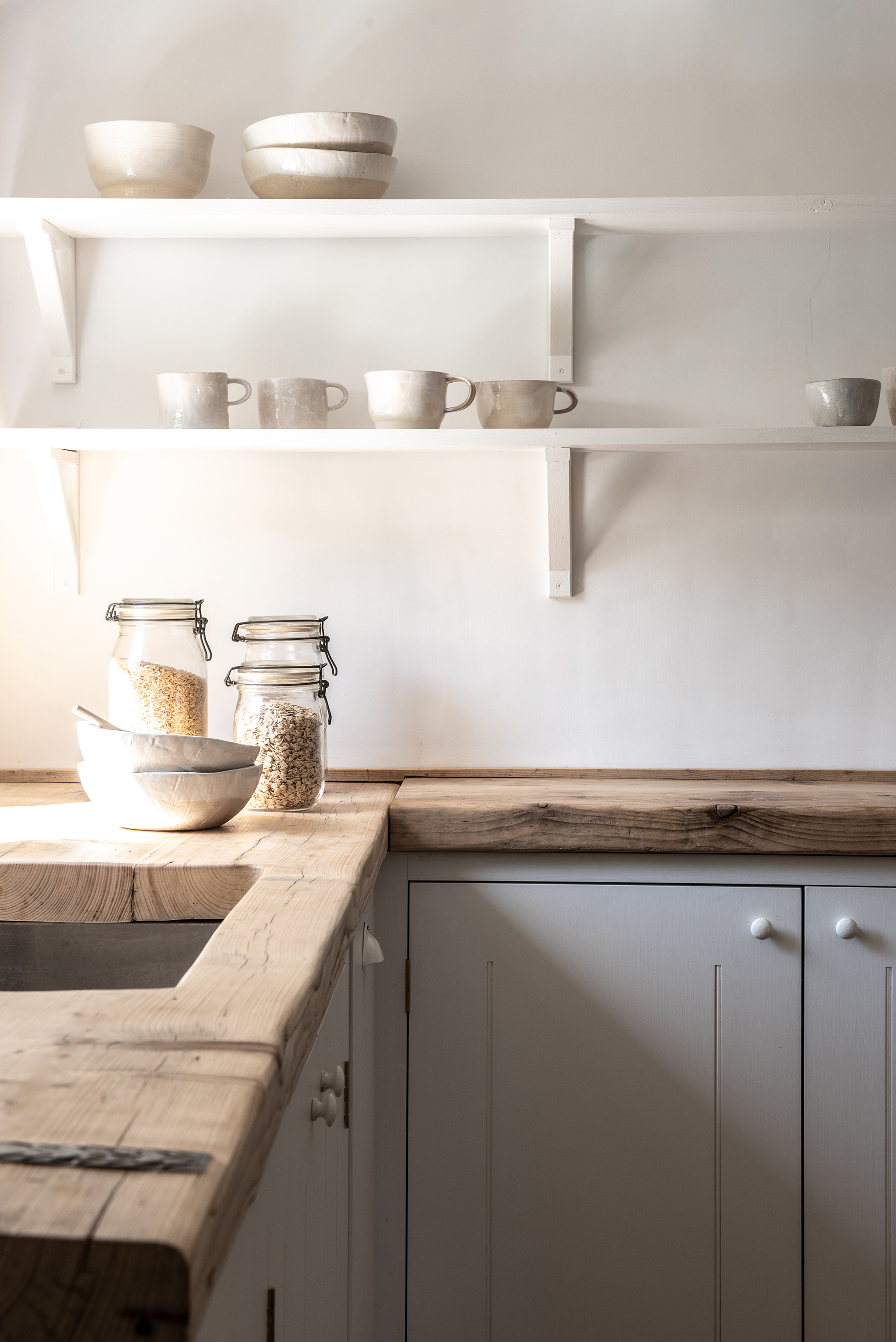
Lastly, I watched my fair share of Youtube and TikTok videos claiming that coffee grounds can be used to clean furniture and reduce the appearance of scratches on wood surfaces, notably wooden countertops and dining room tables.
The method is straightforward: apply moist coffee grounds to the scratched area and allow it to sit for 5-10 minutes. Buff them away with a cotton rag, and once the area is fully dry, apply a layer of clear wood sealant such as Wood Master's Secret from Walmart.
My verdict: 4/5
I tried this on my kitchen dresser and was impressed to see that it actually works! While it obviously won't remove the scratches, it does a good job of naturally staining the area, so you barely even notice them. My only caveat for this hack is that it won't work very well on light wood - so you're better off using a professional stain or lightly sanding and resealing the area to remove surface-level scratches.
FAQs
Can you pour coffee grounds down the sink?
'I generally advise against pouring coffee grounds directly down the sink or garbage disposal,' says Mimi Nguyen, Founder of Cafely. 'While small amounts may not cause immediate issues, larger quantities can potentially clog pipes or accumulate in the disposal over time. Instead, I recommend composting them or incorporating coffee grounds into your houseplant soil to enrich the nutrient content.'
In addition to using coffee grounds to clean your kitchen, experts suggest adding old coffee grounds to stove ash to make it easier to clean it up and prevent the ashy smell from permeating into your living spaces.
Sign up to the Homes & Gardens newsletter
Design expertise in your inbox – from inspiring decorating ideas and beautiful celebrity homes to practical gardening advice and shopping round-ups.

Gabriella is a freelance contributor for Homes & Gardens. She is a DIY enthusiast and a lover of all things interior design, often found antiquing or browsing the aisles of her local hardware store. She has a particular passion for historic buildings and is in the process of renovating a Victorian coachhouse in the countryside.
For much of the past decade, Gabriella has worked as a freelance writer, crafting copy for national publications and renowned homeware brands. Most recently, she worked for Homebuilding & Renovating Magazine and is the former Head of Solved at Homes & Gardens, focusing on case studies for the magazine and website, as well as writing features about issues surrounding historic and listed building projects.
-
 Gwyneth Paltrow's quiet luxury kitchen is so beautiful, we almost overlooked her ultra-smart cabinets – they make the use of 'every inch' of storage space
Gwyneth Paltrow's quiet luxury kitchen is so beautiful, we almost overlooked her ultra-smart cabinets – they make the use of 'every inch' of storage spaceThe Goop founder makes use of dead space in her kitchen with customized cabinetry that reaches to the ceiling, providing ample storage
By Hannah Ziegler
-
 Martha Stewart's intelligent cabinets 'take every inch into consideration' – their 'visually light' style will solve your small kitchen storage problems
Martha Stewart's intelligent cabinets 'take every inch into consideration' – their 'visually light' style will solve your small kitchen storage problems'Every kitchen can be beautiful and functional, no matter what the size': 9 years since sharing her clever storage, Martha's cabinets are just as beautiful
By Megan Slack
